China Focus: National Treasure 4 Unveils Patriotic Devotion, International Charm of Chinese Cultural Relics
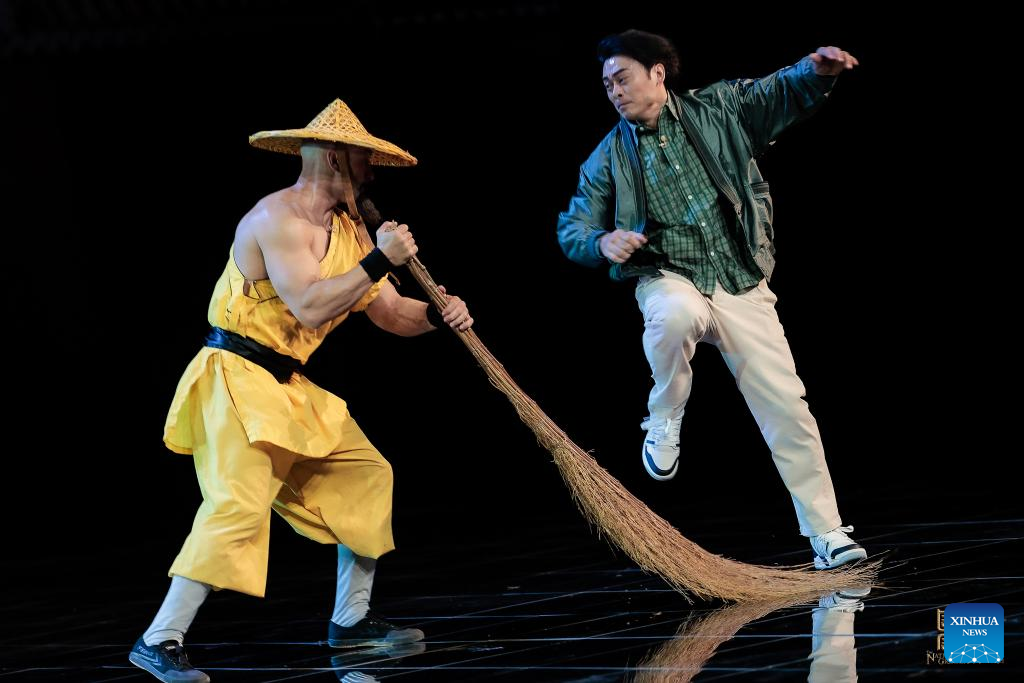 |
| British martial artist Matt Jane (L) and Hong Kong kung fu actor Fan Siu Wong perform during the shooting of an episode of the National Treasure 4 in Beijing, capital of China, April 25, 2024. [National Treasure/Handout via Xinhua] |
BEIJING, Aug. 4 (Xinhua) — China's popular cultural relics exploration TV show, National Treasure, concluded its fourth season on Saturday.
Nine Chinese cultural and museum institutions, namely the Palace Museum, Tianjin Museum, Jilin Provincial Museum, Anhui Museum, Fujian Museum, Jiangxi Provincial Museum, Chongqing China Three Gorges Museum, Qinghai Provincial Museum, and the Hong Kong Leisure and Cultural Services Department, participated in the show this season.
National Treasure, produced by China Media Group, premiered in 2017. It featured Beijing's Palace Museum as a regular participant across all four seasons. In addition, eight other major museums at the provincial level, as well as famous municipal or themed museums across China, such as the Emperor Qinshihuang's Mausoleum Site Museum, have also been involved. In each episode, the nine institutions each nominated three of their most representative collections. Through performances led by celebrated actors and actresses, the legendary past of these national treasures was brought to life. Following this, professionals connected to these treasures took the stage to share their insights and delve into the enduring relevance of these cultural relics in today's society.
Each season concluded with the National Treasure Gala, where the heads of these institutions revealed one artifact of their collections that has been selected for National Treasure's Chinese Civilization Mark.
Over seven years and four seasons, National Treasure has showcased a total of 108 cultural relics, each shining brightly within the splendid Chinese civilization. The fourth season continued to deliver constant surprises and emotional moments to the audience.
The Casting Guest Ding, nominated by Anhui Museum and weighing about 400 kilograms, is China's second heaviest ancient ding found to date. A ding is a type of ancient Chinese cauldron symbolizing state power and prosperity, and this particular one was cast for the king of Chu on the eve of Qinshihuang's unification of China. Chu was the second largest state after Qin and was at a critical juncture of survival at that time.
Yue Yueli, a senior Chinese actor who is in his 60s, played the role of the casting guest who, with tears in his eyes, tried to save the state of Chu during its final days. Many viewers left comments saying they were moved to tears by this scene. In a more recent story, a ding dedicated to China's first National Memorial Day for Nanjing Massacre Victims, modeled after this ancient treasure, once again stirred deep emotions with its embodiment of patriotic aspirations for peace and prosperity.
Standing over 4 meters tall, and embroidered with scenes of an ancient Chinese fairy and a patriotic general celebrating longevity, the Ping Shan Tang Clan's birthday banner, nominated by the Hong Kong Leisure and Cultural Services Department, is closely related to the "Six-Day War" in 1899, when Hong Kong's New Territories residents, led by the clan, bravely resisted British colonizers. This banner caused a sensation — drawing over 100 million online views.
"The most touching aspect of cultural relics is the human spirit they represent. Each artifact featured in National Treasure should present the profoundness of Chinese civilization from different angles, illustrating dreams and accomplishments of the Chinese nation over thousands of years," said Bi Bo, chief director of National Treasure. He added that the essence of the fourth season lay in conveying the spiritual power embedded in Chinese civilization, which unites and inspires.
Revolutionary relics made their debut on National Treasure during the fourth season. Such relics included the poignant letter "To My Wife" by Lin Juemin, written before the 1911 Huanghuagang Uprising, which evokes shared memories among compatriots on both sides of the Taiwan Strait, the vases used by northeast China's communist branch to hide documents during the Chinese People's War of Resistance against Japanese Aggression which witnessed life-and-death moments, and the diary of Chang Baokun, an accomplished Chinese crosstalk performer who volunteered to perform for Chinese soldiers on the front line but subsequently lost his young life on the Korean battlefield, exemplifying the artist's unwavering dedication to his country.
"National treasures are defined by their spirit, not merely their physical form. Revolutionary relics are also crucial witnesses of our nation's civilization," Bi said.
Also for the first time, this season introduced foreign guest performers in the past legends segment.
Wearing a robe adorned with peonies, begonias, plums and phoenix patterns, while holding a small fan, the young woman dressed in ancient Chinese clothing walking towards the audience on stage had a foreign face.
Sana Hadhri, a Tunisian woman who obtained her doctorate of communications in China, was one of the two foreign guest performers this season. She and young Chinese actress Chen Duling jointly performed the story behind the beautiful clothing unearthed from the tomb of a Southern Song Dynasty (1127-1279) teenager.
Hadhri began learning Chinese in high school, and was fascinated by the beauty of pictographic characters. When she went to university in Tunisia, she did not hesitate in choosing Chinese as her major. Excelling in her studies, Hadhri was recommended to pursue graduate studies in China and once dreamed of becoming a Traditional Chinese Medicine practitioner.
Hadhri said that she used to prefer the beauty of the natural scenery in China, but that after her presence on the stage of National Treasure, she now finds that a strong interest in Chinese cultural relics has been ignited in her.
"Ancient Chinese clothing is so beautiful and stunning. If I get the chance to go to Fujian, I hope to see these garments in person at the Fujian Museum," she said.
The Fujian Museum has opened a special exhibition to display the treasures it nominated for National Treasure.
Talking about the Maritime Silk Road, she believes it is the foundation of the long-standing friendship between China and the Arab world, and she thinks this bond is even stronger today.
"On stage, I play a 12th-century Arabian girl who, filled with longing for China, came here via the Maritime Silk Road. This mirrors my real life. I study communication in China, researching the spread of China's voice in the Arab world and vice versa. I love China and I hope to contribute more to cultural exchange," Hadhri said.
British martial artist Matt Jane (MJ), with his striking Chinese name of "White Dragon," has been a devoted fan of National Treasure since its inaugural season. He views the show as a significant endeavor that not only provides learning opportunities regarding various cultural relics but also serves as a platform for the world to gain a deeper understanding of China.
In keeping with the legendary yellow tracksuit worn by Bruce Lee in his last film, MJ, dressed in a yellow monk's robe and wearing a bamboo hat, swept the ground at the gate of the Shaolin Temple, helping senior Hong Kong kung fu actor Fan Siu Wong's "outdated martial artist" character find the true essence of kung fu.
MJ has loved Chinese kung fu since he was a child, watching many films starring Bruce Lee and Fan Siu Wong, and considering both of them as idols.
In 2005, without knowing a single Chinese character but with a dictionary and a passion for kung fu, the then 17-year-old MJ boarded a flight to China. Once in China, he learned Chinese, gained a better understanding of martial arts, apprenticed to the abbot of Shaolin Temple, and met his Chinese wife.
Now, MJ runs a martial arts studio named Temple in north London, having shattered the stereotype that foreigners can't master Chinese kung fu. Every summer, he takes his students to study in China.
"Whenever I visit a Chinese city, I take my family or students to local museums," MJ said.
He added that many countries do not have such a long history as China does and "access to Chinese heritage and treasures gives them an opportunity to explore their own ideas and creativity, which will help them in their life."
"For me, kung fu is not limited to martial arts. It's a skill achieved through dedication and effort over time, permeating Chinese culture and present in every piece of Chinese cultural relics," said MJ.
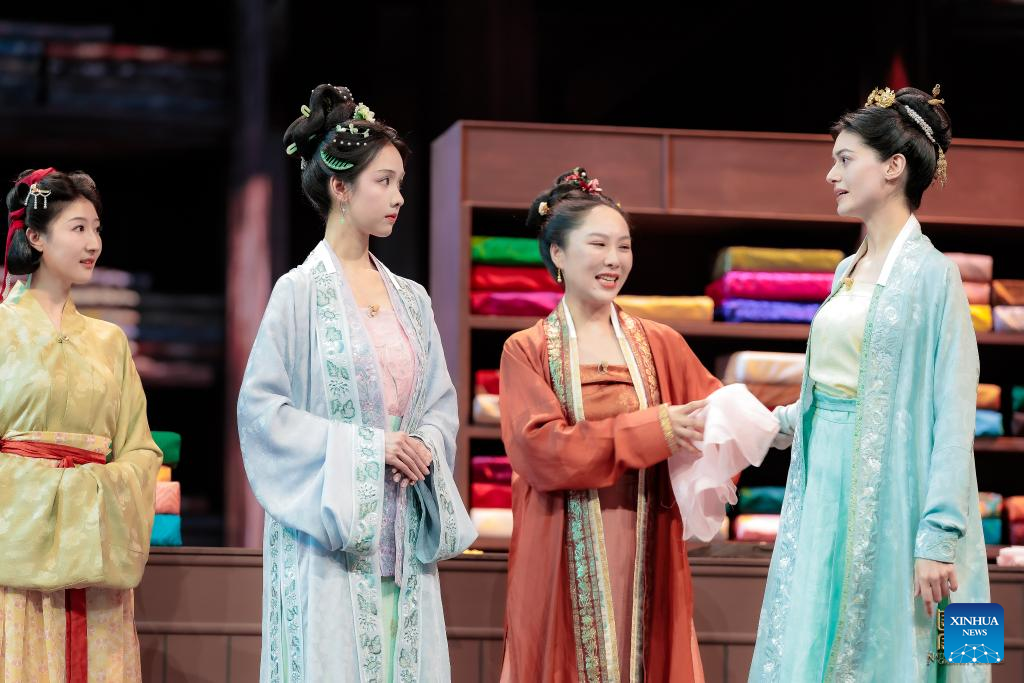 |
| Tunisian girl Sana Hadhri (1st R) and Chinese actress Chen Duling (2nd L) perform during the shooting of an episode of the National Treasure 4 in Beijing, capital of China, June 13, 2024. [National Treasure/Handout via Xinhua] |
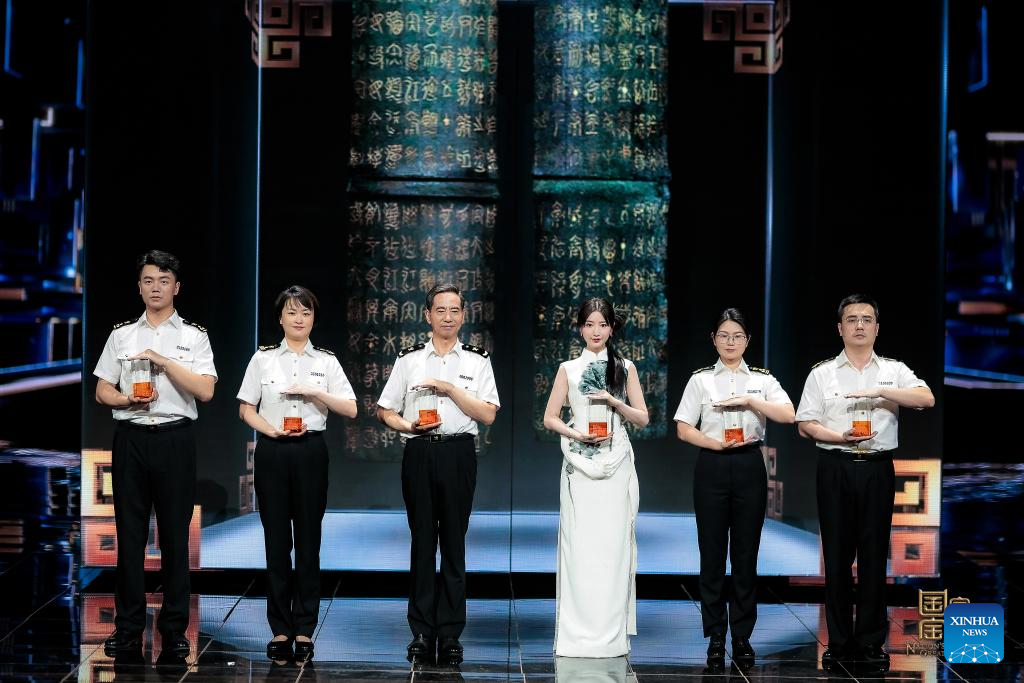 |
| Chinese customs officers, along with Chinese actress Mao Xiaotong (3rd L), jointly pledge to guard gilded bronze tallies issued by the King of Chu during the Warring States Period (475-221 BC), during the shooting of an episode of the National Treasure 4 in Beijing, capital of China, June 12, 2024. [National Treasure/Handout via Xinhua] |
(Source: Xinhua)
Editor: Wang Shasha
Please understand that womenofchina.cn,a non-profit, information-communication website, cannot reach every writer before using articles and images. For copyright issues, please contact us by emailing: website@womenofchina.cn. The articles published and opinions expressed on this website represent the opinions of writers and are not necessarily shared by womenofchina.cn.

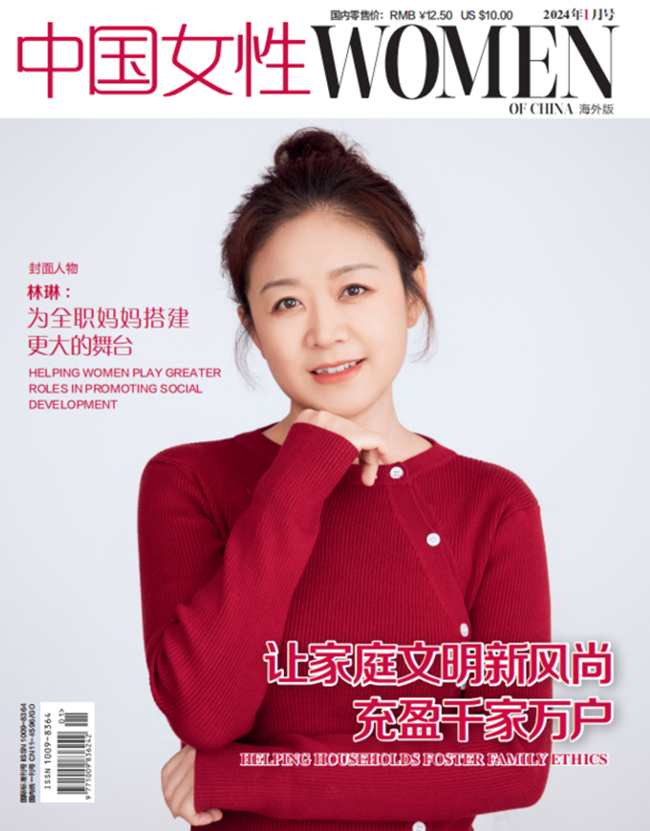


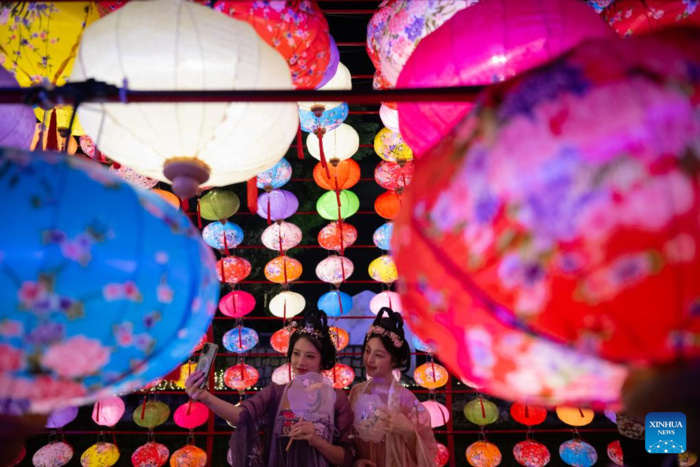

.jpg)

 WeChat
WeChat Weibo
Weibo 京公网安备 11010102004314号
京公网安备 11010102004314号